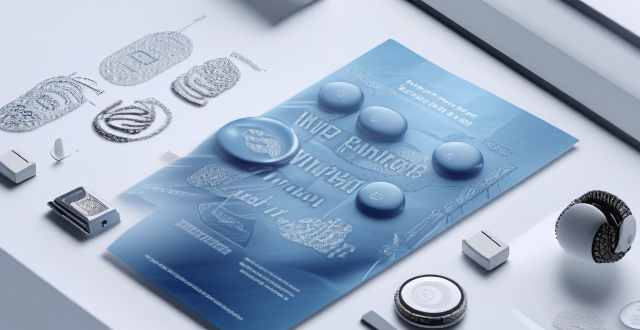Huawei's chip technology has a wide range of potential applications in smartphones and other devices. It can provide higher performance, enhanced AI capabilities, improved connectivity, longer battery life, advanced health tracking, and more for various types of devices. Additionally, it supports the latest wireless communication standards and includes advanced security features. Overall, Huawei's chip technology offers numerous benefits and opportunities for innovation in the field of electronics.

Potential Applications of Huawei's Chip in Smartphones and Other Devices
Huawei's chip technology has a wide range of potential applications in smartphones and other devices. Here are some of the main areas where it could be used:
1. Smartphones
- Higher Performance: Huawei's chip technology can provide faster processing speeds, better graphics rendering, and improved battery life for smartphones. This makes them ideal for high-performance tasks such as gaming, video editing, and augmented reality (AR) applications.
- Enhanced AI Capabilities: Huawei's chip technology includes advanced AI capabilities that can enable more intelligent and personalized experiences for users. For example, it can be used to optimize camera settings based on the user's preferences or to predict which apps they are likely to use next.
- Improved Connectivity: Huawei's chip technology supports the latest wireless communication standards, including 5G, Wi-Fi 6, and Bluetooth 5. This enables faster data transfer speeds, lower latency, and more reliable connections between devices.
2. Wearable Devices
- Longer Battery Life: Huawei's chip technology is designed to be energy-efficient, which is crucial for wearable devices with limited battery capacity. By using this technology, manufacturers can extend the battery life of their products without sacrificing performance.
- Advanced Health Tracking: Huawei's chip technology includes sensors and algorithms that can monitor various health metrics, such as heart rate, blood oxygen levels, and sleep patterns. This makes it ideal for fitness trackers, smartwatches, and other health-focused wearables.
- Enhanced User Experience: Huawei's chip technology can provide a smoother and more responsive user interface for wearable devices. This includes features like voice control, gesture recognition, and contextual awareness that can make these devices more intuitive and convenient to use.
3. IoT Devices
- Better Connectivity: Huawei's chip technology supports a wide range of communication protocols, including Zigbee, Z-Wave, and LoRaWAN. This enables seamless integration between different types of IoT devices and allows them to work together more efficiently.
- Increased Security: Huawei's chip technology includes advanced security features, such as hardware-based encryption and secure boot mechanisms. These features help protect against cyber threats and ensure the privacy and integrity of data transmitted between IoT devices.
- Lower Power Consumption: Huawei's chip technology is optimized for low power consumption, making it ideal for battery-powered IoT devices that need to operate for extended periods without recharging or replacing batteries.
In conclusion, Huawei's chip technology has numerous potential applications in smartphones and other devices due to its high performance, advanced AI capabilities, improved connectivity, long battery life, enhanced user experience, better connectivity, increased security, and lower power consumption. As these technologies continue to evolve and improve, we can expect to see even more innovative uses for them in the future.